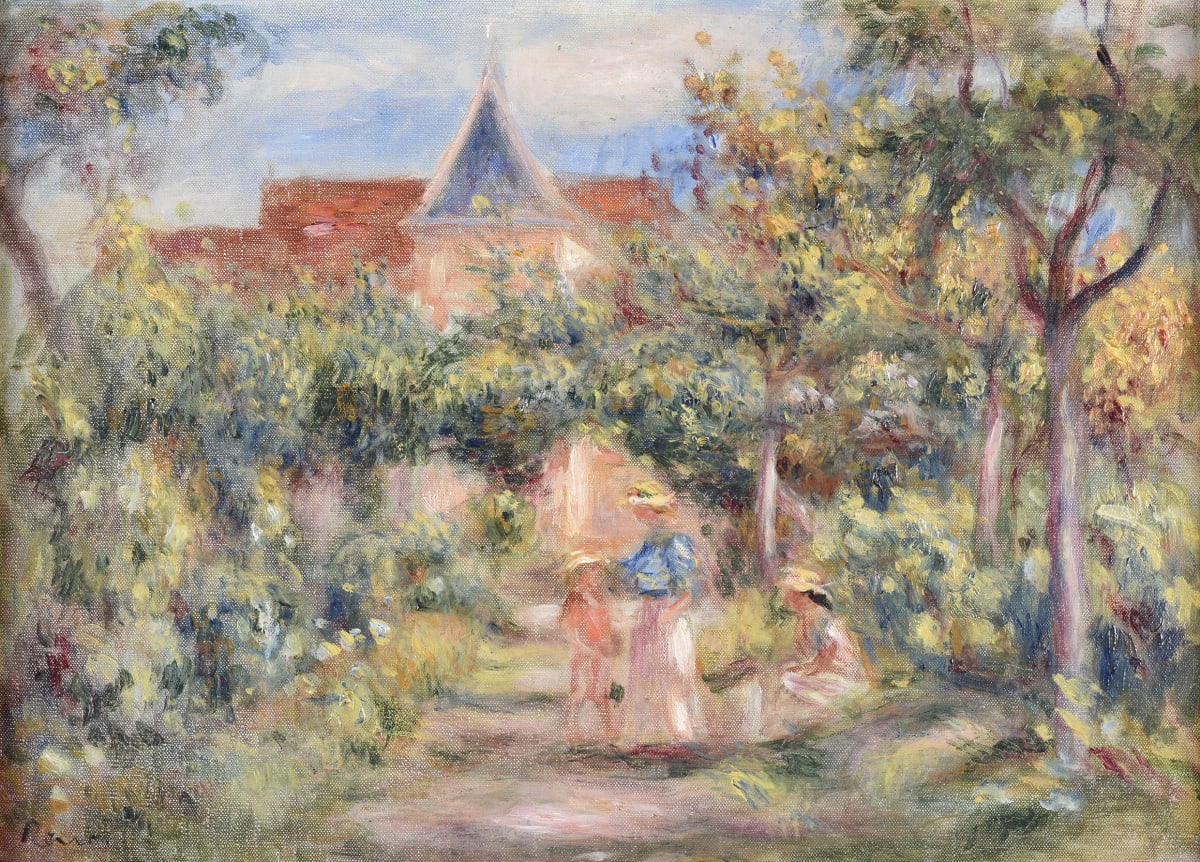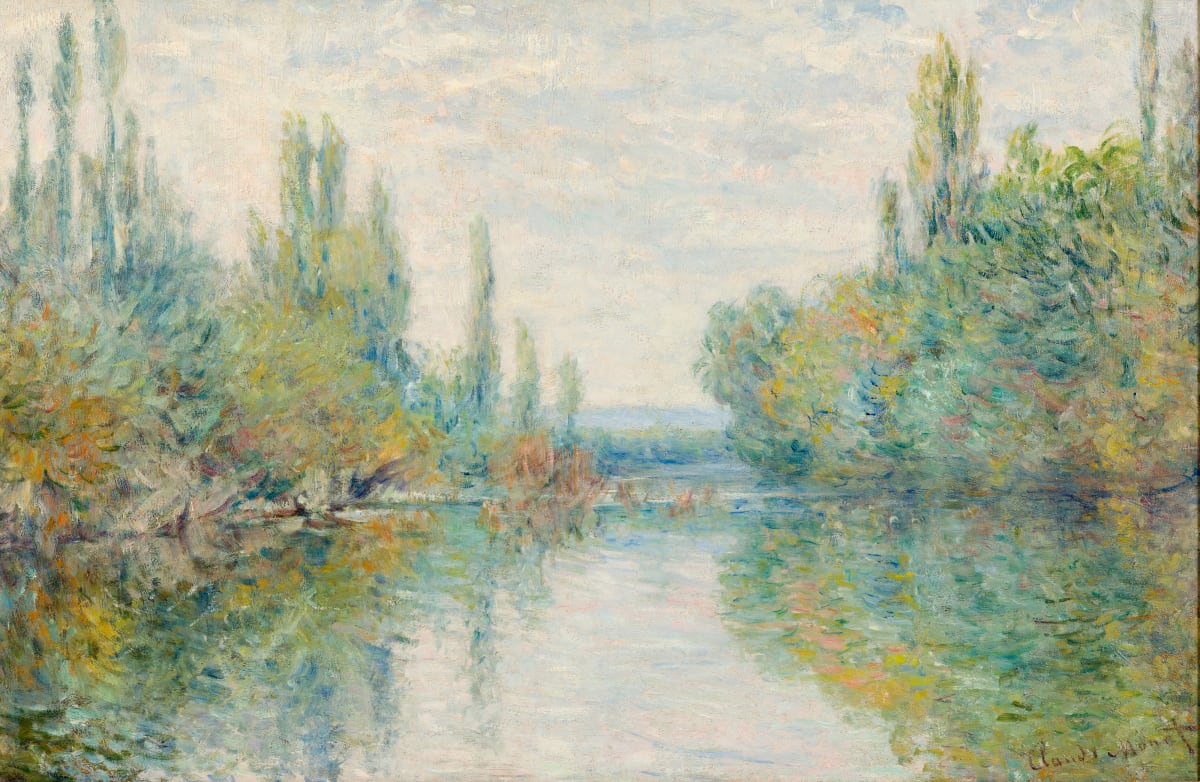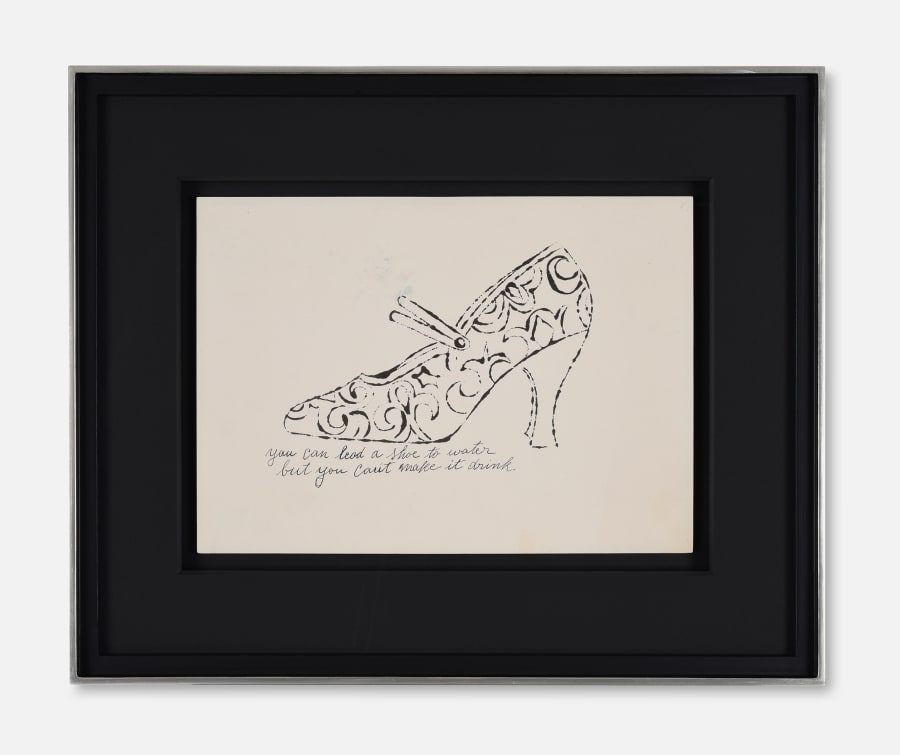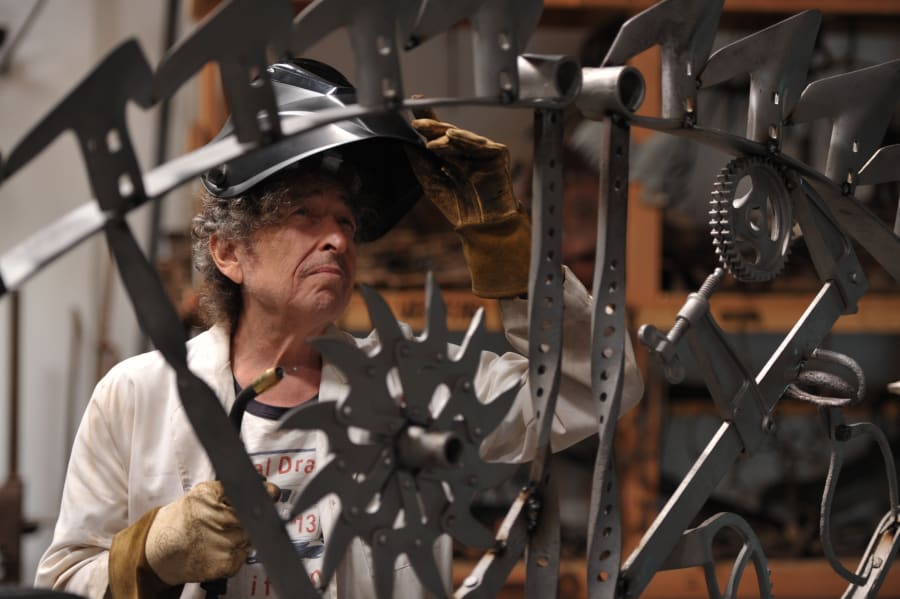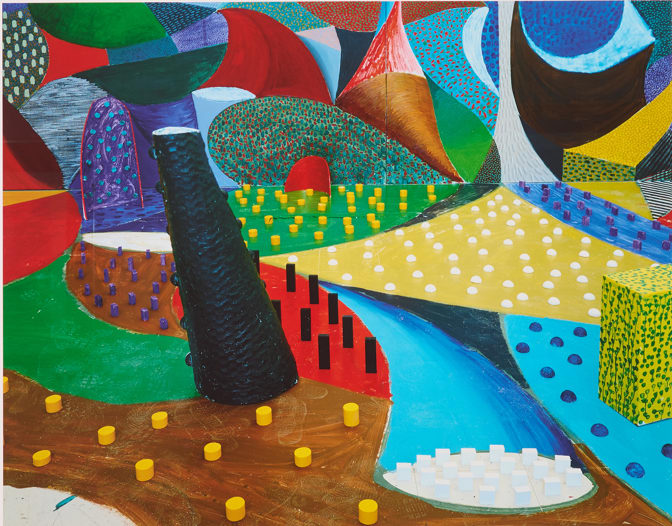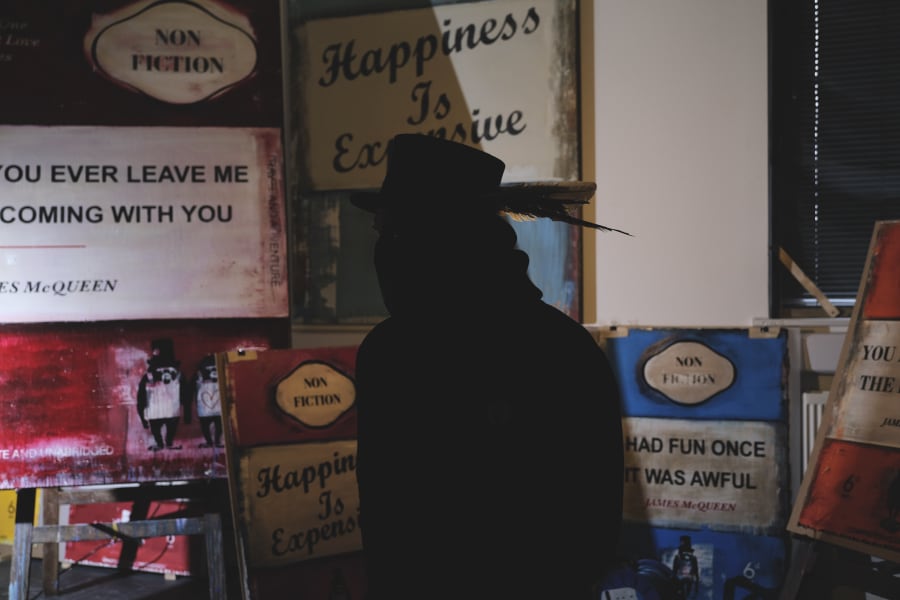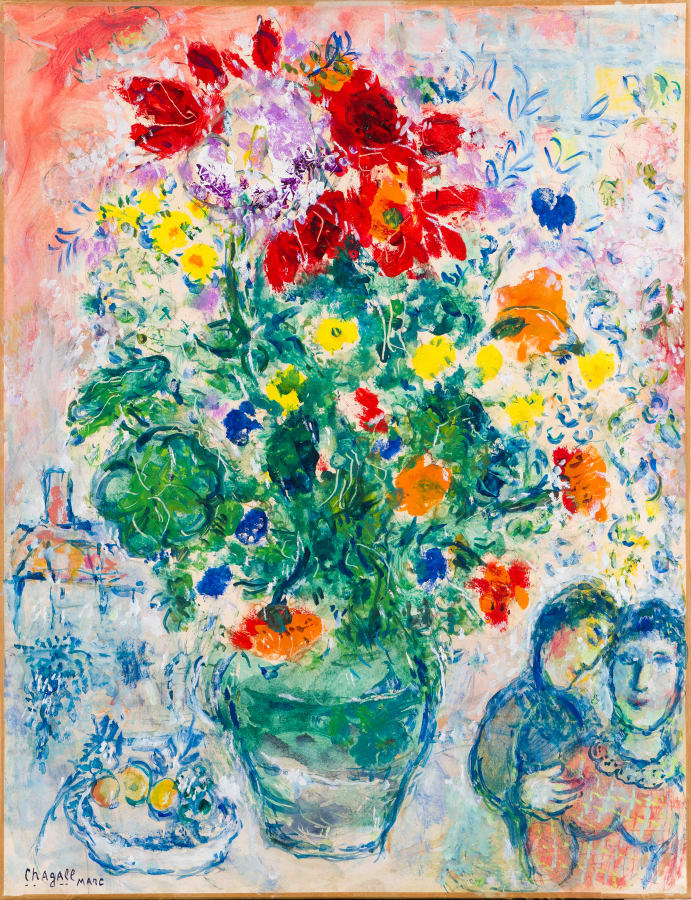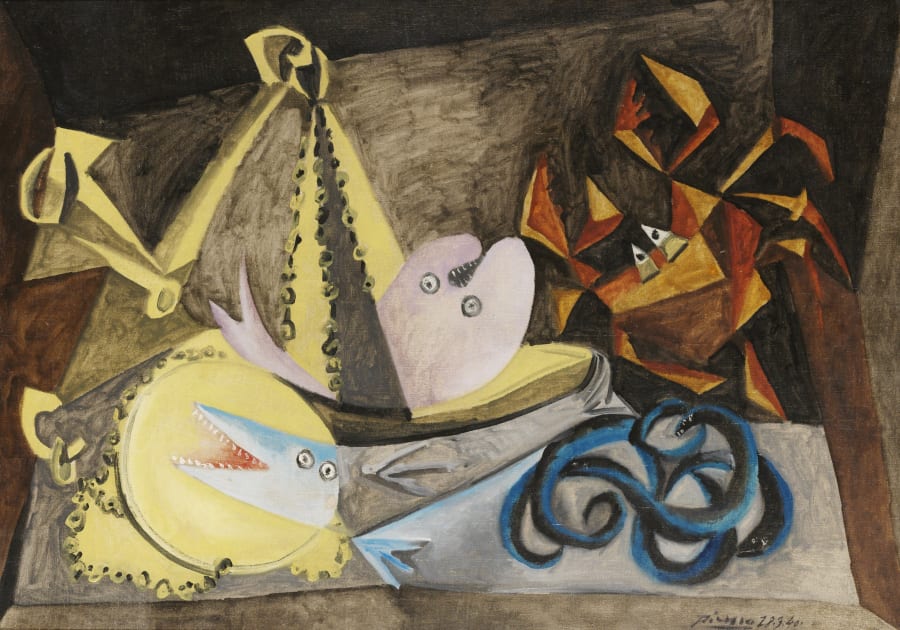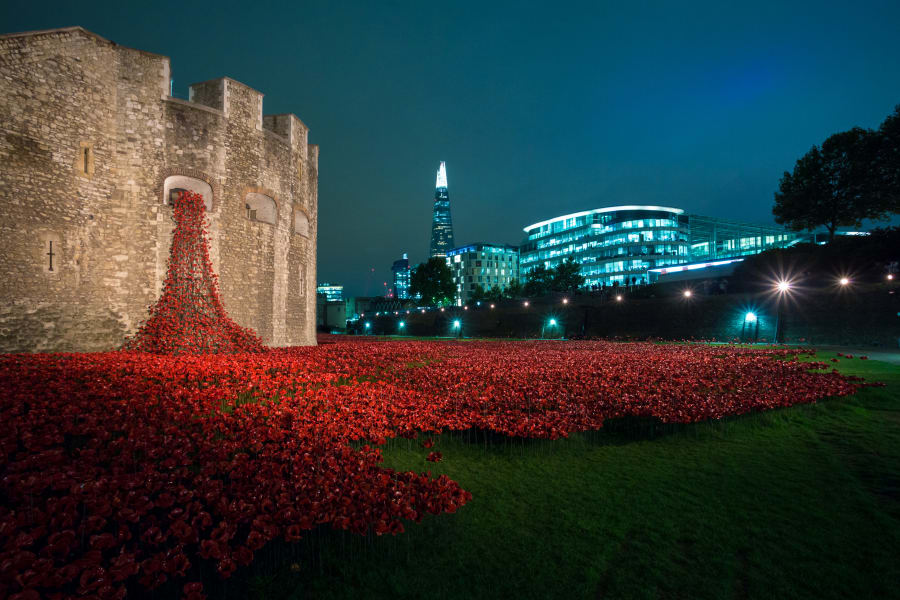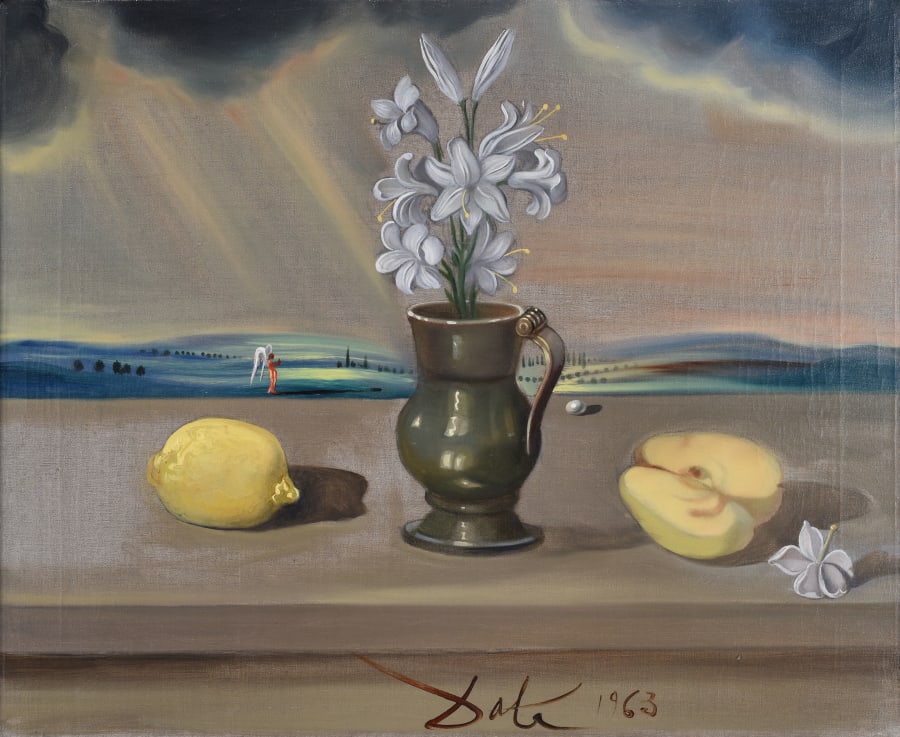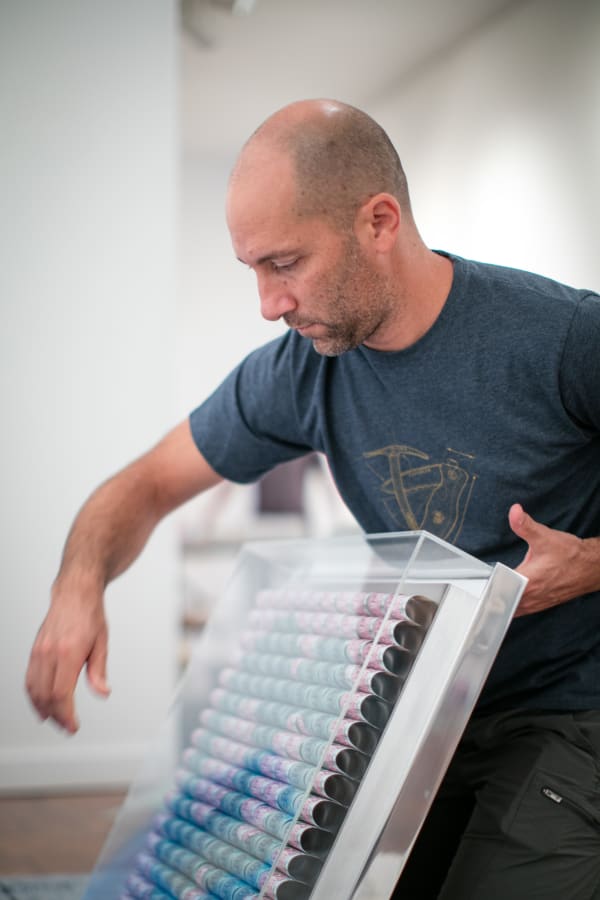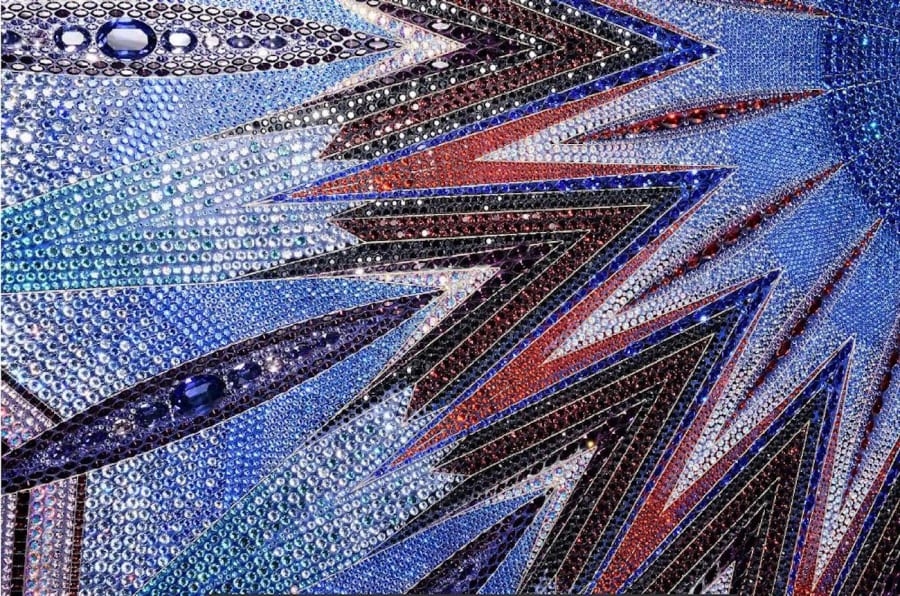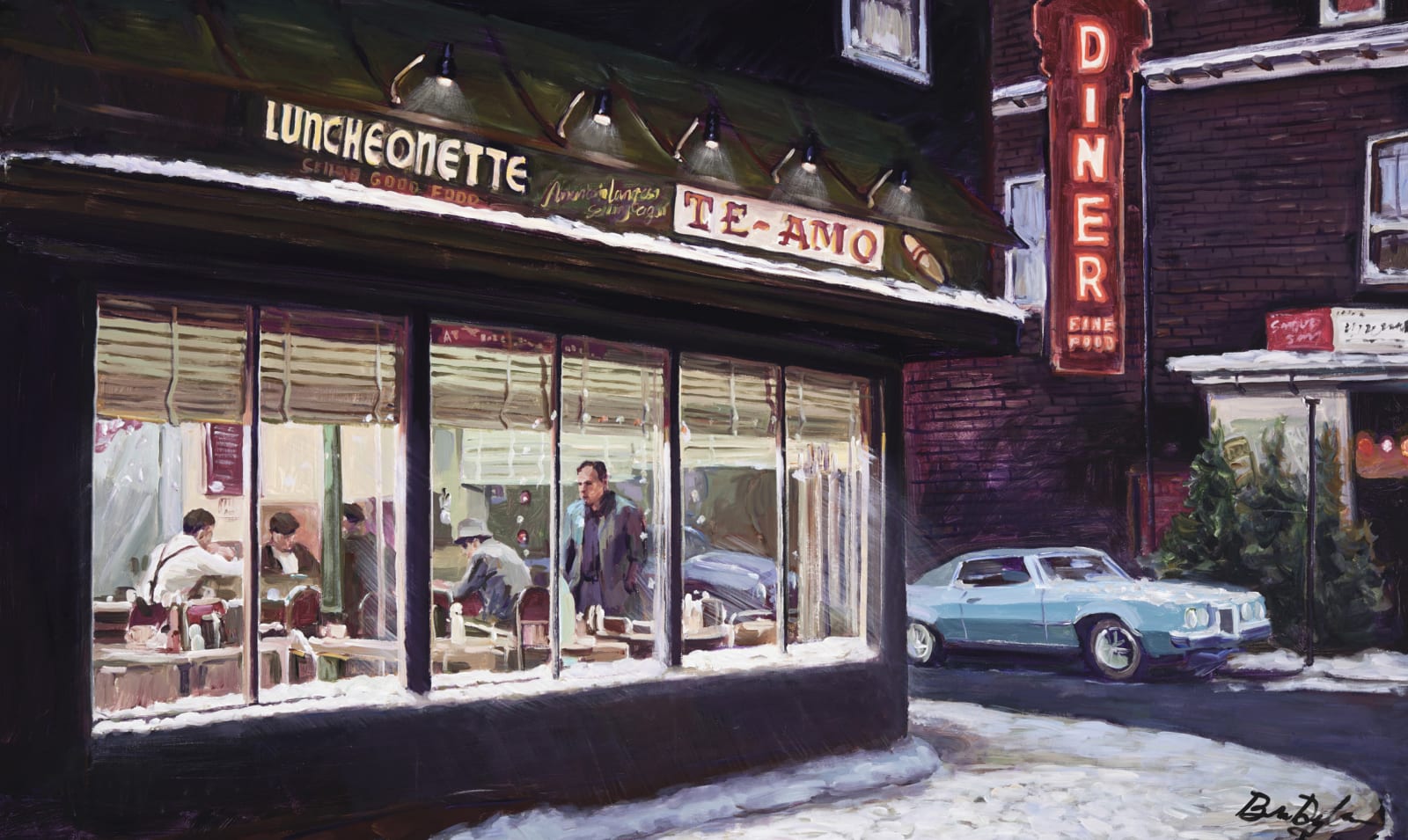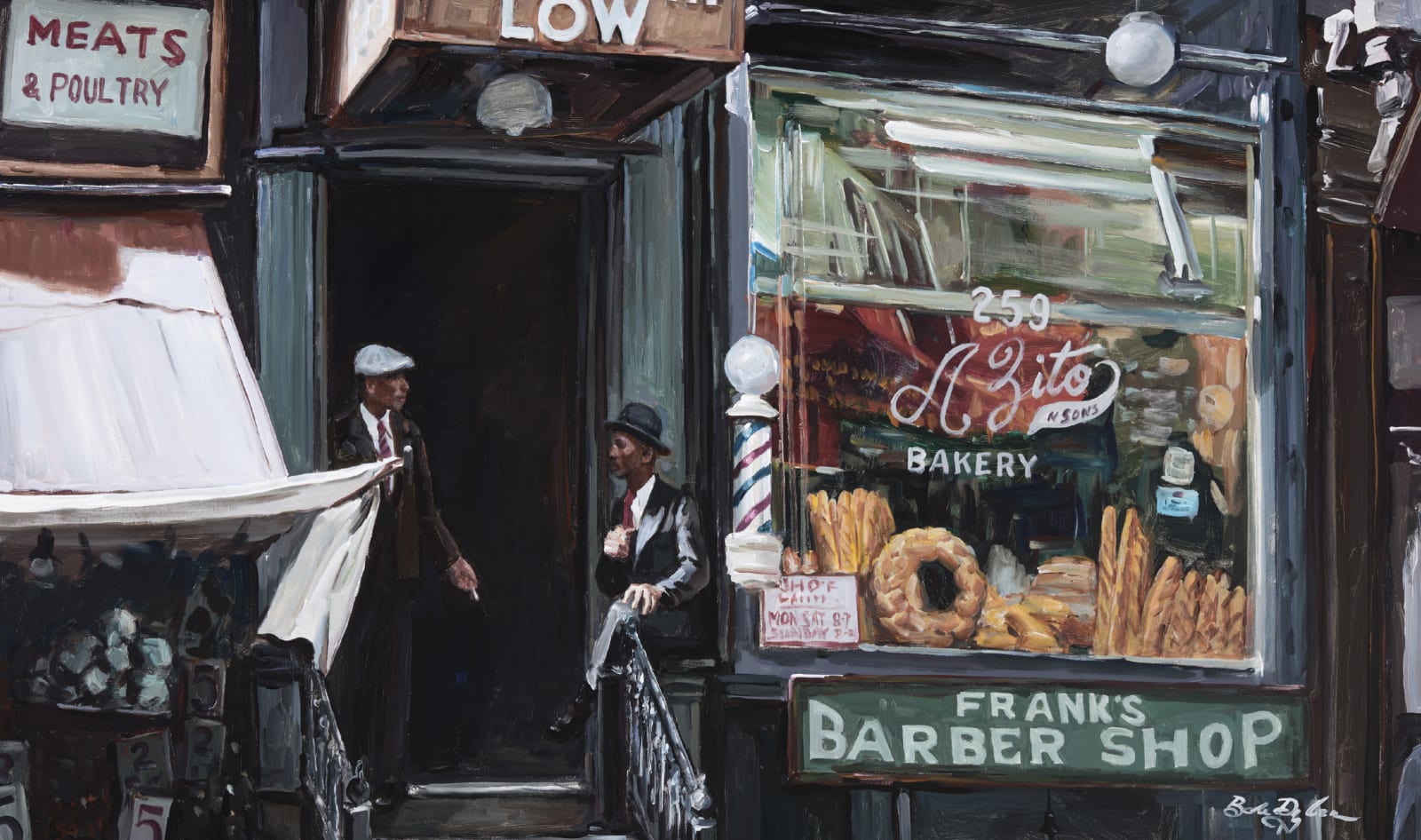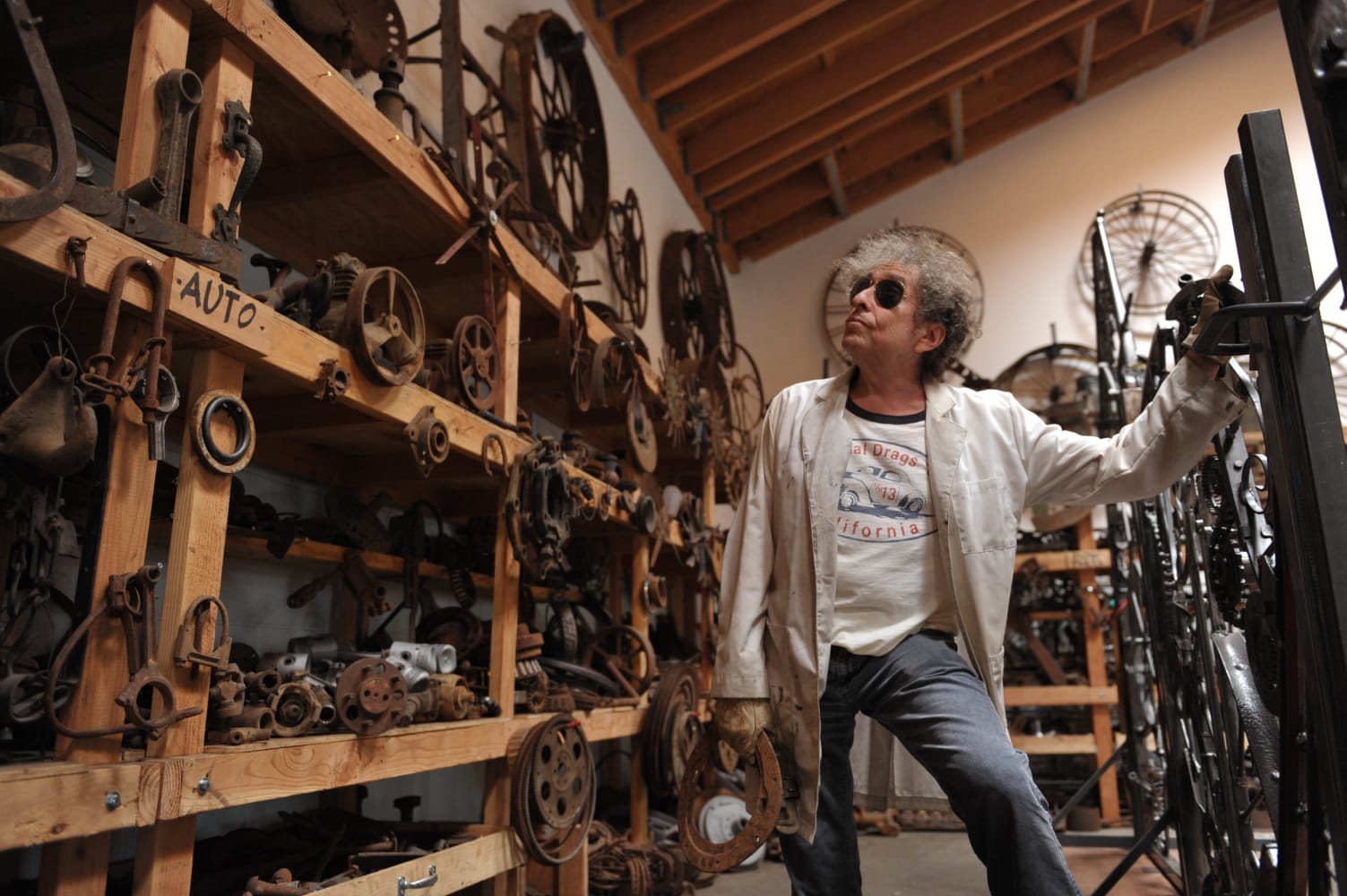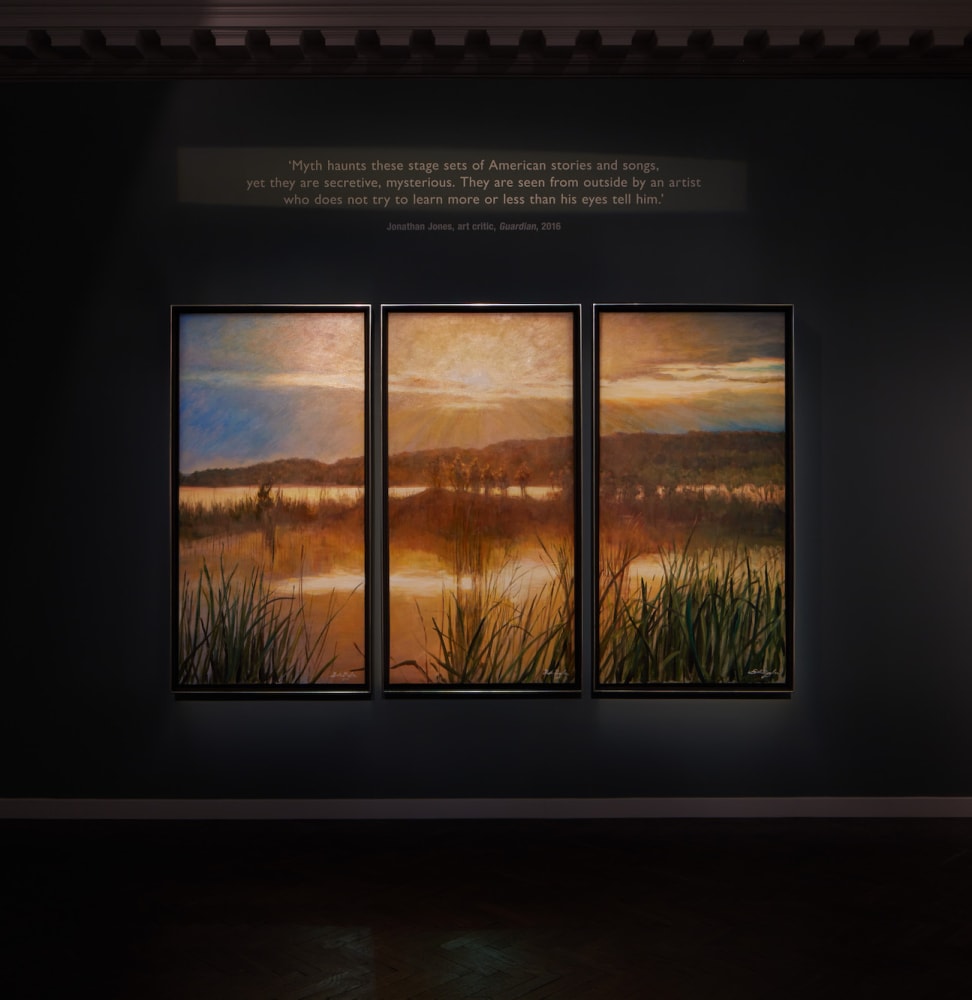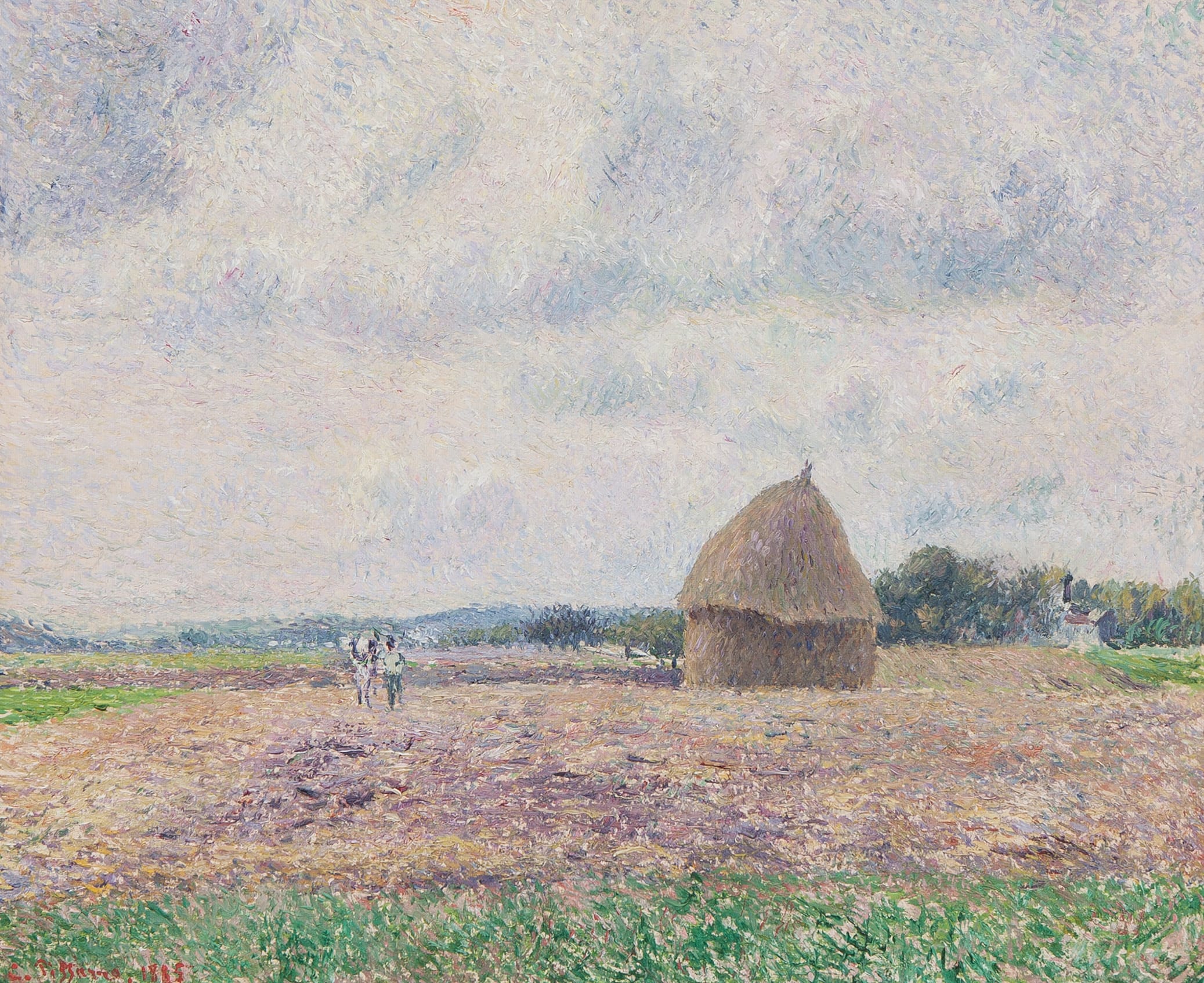

Camille Pissarro
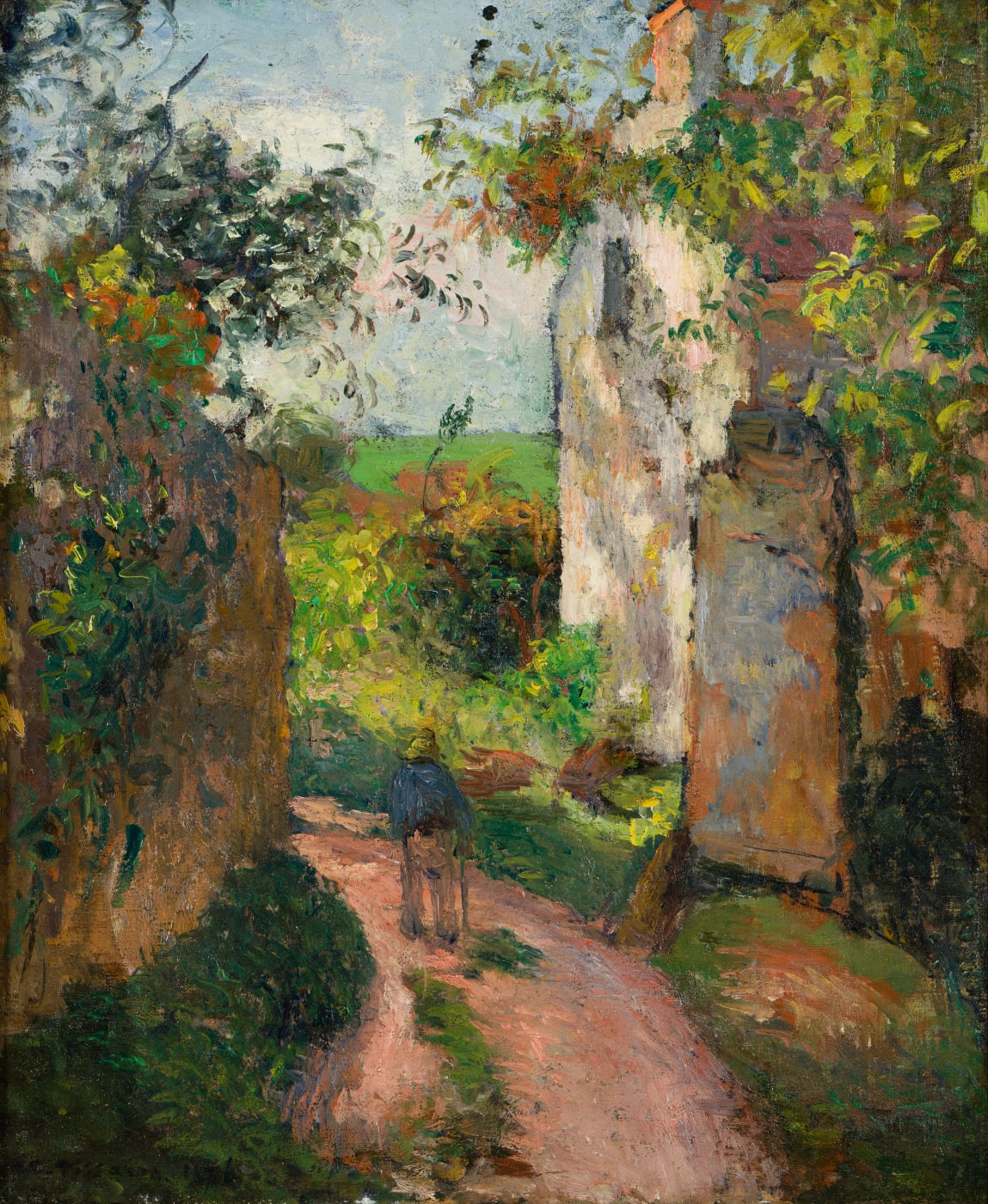
A senior figure of the Impressionist movement, French artist Camille Pissarro was significant for his mentoring of younger artists and his idyllic paintings of rural life outside Paris. Pissarro also had a great influence on Post-Impressionist painters such as Paul Cézanne and Georges Seurat, making him a decisive character in the development of modern art.
‘We learned everything we do from Pissarro ... it’s he who was really the first Impressionist.’


Painted in 1875 between the first and second Impressionist exhibitions, Vue sur la Maison des Mathurins, Pontoise belongs to Camille Pissarro's vast body of work capturing the French rural town of Pontoise in the north-western suburbs of Paris. The painting depicts the former convent of the Order of the Holy Trinity in the section of L'Hermitage, which was rented by Maria and Anna Deraismes, two sisters who played a leading role in the intellectual, political and social life of the time. Fellow French artist Paul Cézanne painted a corresponding view of the house from around the same time (1875-1877, The State Pushkin Museum of Fine Arts, Moscow), which demonstrates a clear affinity to the present work. Both paintings are testament to the intense pictorial dialogue between the two artists that had a defining impact on the development of modernism.
Vue sur la Maison des Mathurins, Pontoise was one of ten paintings Pissarro exhibited in the fifth Impressionist exhibition of 1880 and was later on long-term loan to Kunstmuseum Basel (1936-2000s). More recently, Vue sur la Maison des Mathurins, Pontoise was shown in the exhibition Pioneering Modern Painting: Cezanne and Pissarro 1865-1885 held at the Museum of Modern Art in New York (2005), which later travelled to Los Angeles County Museum of Art (2005-2006) and Musée d'Orsay in Paris (2006).


The body of work created by Camille Pissarro in and around Pontoise between 1866 and 1883 is widely considered to be the most important of the artist's career. It was during the late 1970s and early 1880s - 'the late Pontoise period' - that Pissarro demonstrated his stylistic ingenuity in a commune that has become synonymous with the artist's work. His paintings from the 1870s served as great inspiration for the younger artists Paul Cézanne and Paul Gauguin, who both spent time in Pontoise working alongside Pissarro. Cézanne later referred to Pissarro as the first Impressionist and said that 'We may all descend from Pissarro'.
La Route d'Auvers, Pontoise, is a characteristic example of Pissarro's landscapes populated with peasant figures. A horse-drawn cart and two dotted figures are seen on the road just before it takes a turn to disappear between the hills. Closer to the viewer, towards the lower-left corner, is a seated peasant woman in a red head kerchief. This figure is recognised from some of the artist's most celebrated works, amongst which is Two Young Peasant Women belonging to the collection of the Metropolitan Museum of Art, New York. La Route d'Auvers, Pontoise was loaned to the exhibition The Impressionists and Photography, held at Museo Thyssen Bornemisza, Madrid, in 2019-20.

Vue sur la Maison des Mathurins, Pontoise and La Route d'Auvers, Pontoise, 麻豆番号 Gallery, 2021

